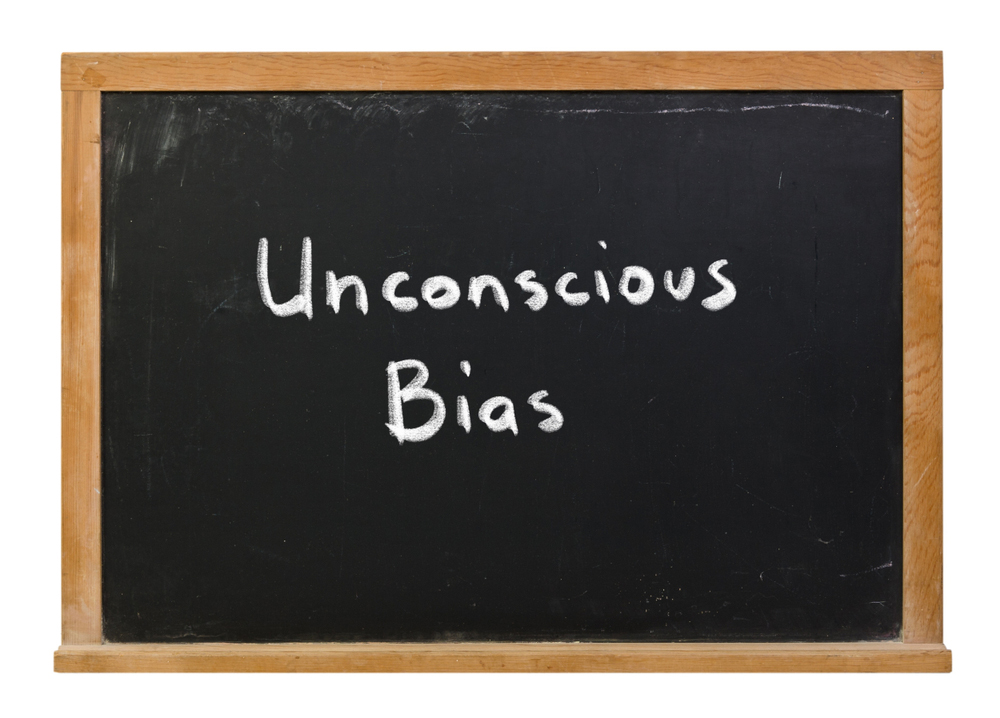President Donald Trump’s recent executive order (EO) placing limits on the diversity training that federal employers and contractors can offer is raising concerns of a chilling effect on employers’ diversity, equity, and inclusion efforts.

The order, released on September 22, was referenced during the September 29 presidential debate between Trump and former Vice President Joe Biden. Even before that rancorous exchange, the EO had many concerned it could handcuff employers wanting to train their workforces on such topics as unconscious bias and inclusive workplaces.
Nita Beecher, an attorney with Fortney & Scott, LLC in Washington, D.C., says she’s seen employers worried about what the order may mean for the commitments they have made in light of the Black Lives Matter and #MeToo movements.
Also, the Office of Federal Contract Compliance Programs (OFCCP), the division of the U.S. Department of Labor responsible for ensuring that employers doing business with the federal government comply with nondiscrimination laws, on September 28 announced a hotline for employees to complain about training.
“So, federal contractors are very concerned that their employees will complain to OFCCP about the training, which could lead to a complaint investigation,” Beecher says. In a worst-case scenario, she says, companies that are subject to complaints could be debarred from federal government contracts.
Title VII and Legal Challenges
In addition to federal agencies and federal contractors, the executive order may affect private-sector employers that aren’t federal contractors. An alert on the Fortney & Scott website says the order instructs the attorney general to assess how an employer’s workplace training teaches what the order calls “divisive concepts” and whether that teaching contributes to a hostile work environment in violation of Title VII of the Civil Rights Act of 1964.
The order also says the attorney general and the Equal Employment Opportunity Commission (EEOC) can issue guidance on compliance with the order and “such guidance could address the potential tensions between Title VII compliance and trainings with the new EO restrictions,” the Fortney & Scott alert says.
The EO may trigger legal challenges on either procedural or constitutional grounds. Beecher says she hasn’t heard of any so far, but such challenges may depend on the outcome of the presidential election, since a Biden victory likely would mean the order would be rescinded.
Lauren Russell, an attorney with Young Conaway Stargatt & Taylor, LLP in Wilmington, Delaware, says she does expect the political climate to spark legal challenges.
Advice for Employers
Russell says she’s not seeing employers without federal contracts limit their training.
“The reality is that given the current climate in the country, I think this executive order is out of step with the desires and the practices of the vast majority of employers who are large enough to have developed training programs and are focusing on diversity,” Russell says. She points out that her state—Delaware—mandates certain sexual harassment training. She says for nonfederal contractors, “our guidance has not changed at all.”
Diversity and antiharassment trainings are important for legal defense, Russell says, but they “are extremely important in terms of morale.” She says employers she works with are interested in more than legal compliance. They are more focused on making sure employees feel valued in the workplace.
Mark I. Schickman of Schickman Law in Berkeley, California, says employers should not abandon diversity training in light of the executive order. He says eliminating training would likely create more trouble than it would solve.
Schickman says employers should gear their training toward conduct and not to personalities. For example, sexual harassment training doesn’t need to change someone who thinks saying “honey” or “sweetie” is good or bad. Training would just say not to say that in the workplace.
Implicit bias training isn’t meant to train people to say they are racist or sexist. Instead. it shows people how they can unconsciously let biases lead them to make racist or sexist decisions, Schickman says.
Contents of the EO
The Fortney & Scott alert says the EO “states that workplace training is teaching ‘that men and members of certain races are inherently sexist and racist.’” The order instructs employers to no longer use training that includes what the order refers to as “divisive concepts,” among them that one race or sex is inherently superior; the United States is fundamentally racist or sexist; and individuals, by virtue of their race or sex, are inherently racist, sexist, or oppressive.
Schickman says some of the language in the order casts doubt on implicit bias training because of how it defines race or sex “scapegoating.” Implicit bias training attempts to identify an unconscious inclination to treat others discriminatorily, and training aims to point out how anyone can have biases that they should be aware of. But Schickman says that’s the kind of training the order calls race or sex scapegoating.
Tammy Binford writes and edits news alerts and newsletter articles on labor and employment law topics for BLR web and print publications.
